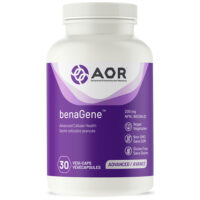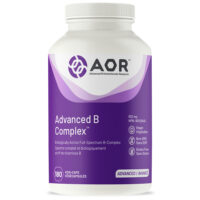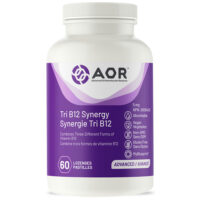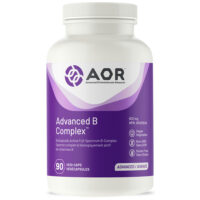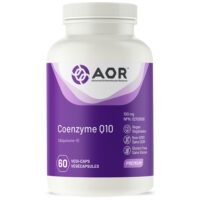According to the American Heart Association, 61.5% of children ages 9-13 “do not participate in any organized physical activity during non-school hours” and 22.6% “do not engage in any free-time physical activity at all.” This startling statistic accounts for the rise in obesity among children ages 2-5 years old. These results indicate how vital it is for kids to maintain an exercise program to ensure a healthy heart.
With obesity now a pandemic in our society, there is an urgent need to teach children from an early age why exercise is important. The American Heart Association is promoting heart health among children by asking them to engage in the following exercises: dancing, jumping rope, swimming, sports, walking, running and other age appropriate activities to ensure they maintain some form of physical activity either organized or during their free time.
“Children ages two and older should engage in at least 30 minutes of exercise a day.” This is the recommendation by the American Heart Association guidelines for a healthy heart. While the exercise does not necessarily have to be vigorous, it should be fun for kids and should entail a variety of activities, age appropriate.
Studies have indicated that arteriosclerosis, which is deposits of fat in the arterial walls, can begin in early childhood and progress into adulthood. This will eventually lead to cardiovascular disease, which is the number one cause of deaths in the U.S. A high fat diet contributes to high cholesterol, thus it is important to maintain a low fat, high fiber diet in combination with a daily exercise routine to ensure your kids’ heart is not in jeopardy for latent coronary disease.
Research has also ascertained that these fatty deposits in the arteries do begin at an early age and continue to build up as the cholesterol increases. If you have a child who is overweight, it is important to begin a diet program including exercise. Among the food groups that can lower cholesterol and reduce weight gain are fruits, vegetables and whole grains.
Because cholesterol plays such a vital role in causing cardiovascular disease in children, the American Heart Association offers these guidelines for appropriate cholesterol levels in children ages 2 to 19 years of age. An acceptable level of less than 170 for HDL (the good cholesterol) and less than 110 for the LDL (the bad cholesterol) is recommended. If the levels are 170 and above for HDL, and 110 and above for LDL, this would be considered borderline. However, if the HDL is 200 or more, and the LDL is 130 or higher, then intervention in the form of diet and exercise will be recommended by a doctor.
Exercise and a sensible diet are needed to ensure your kids’ heart remains strong and healthy. It’s time we, as adults, and as caretakers of our children, get to the “heart” of the matter and do whatever it takes to reduce obesity once and for all.


